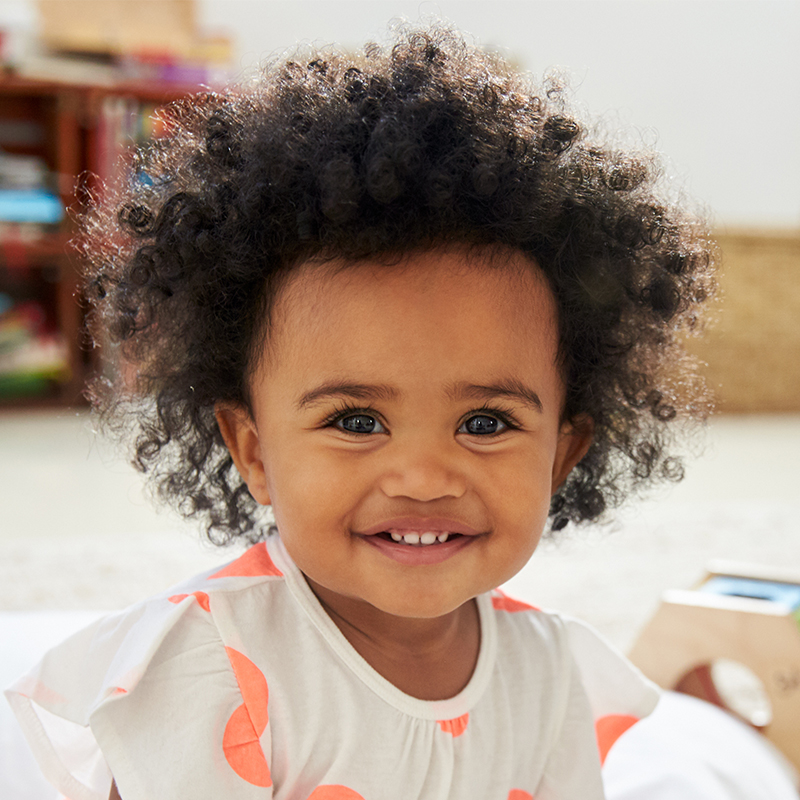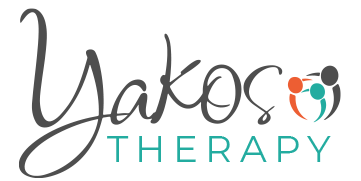Speech-Language Evaluation and Therapy
Speech and language are an essential part of a child’s life. It is important that children can communicate with others and understand language so they can communicate effectively with parents, peers, teachers, etc. Making a proper diagnosis is essential to identifying speech-language weaknesses and creating a treatment plan. When there is difficulty communicating with others, it is best to address it with speech therapy as early as possible. The sooner therapy begins, the sooner your child will become conversational with their peers.
Speech-language disorders fall into the following categories:
- Expressive – difficulty communicating with others
- Receptive Language – difficulty understanding directions or others’ thoughts and questions
- Articulation – incorrect sound production
- Voice- atypically high, loud, or low volume
- Fluency/Stuttering – difficulty with the flow of speaking or breathing during speech
Some common signs to look for in children include:
- Difficulty understanding the child
- Difficulty with expressing ideas clearly
- Trouble understanding ideas from others
- Difficulty putting words together into phrases/sentences
- Trouble recalling/using new vocabulary
- Inappropriate grammar usage
- Reduced vocabulary
- Incorrect word usage
- Poor social interaction skills
- Difficulty understanding the meaning of a word
- Difficulty reading and sounding words out
- Difficulty answering questions/following directions
While all children develop at their own pace, commonly accepted speech-language and hearing milestones are:
Milestones
4 - 6 Months
- Moves her eyes in the direction of sounds.
- Responds to changes in your tone of voice.
- Notices toys that make sounds.
- Pays attention to music.
- Coos and babbles when playing alone or with you.
- Makes speech-like babbling sounds, like pa, ba, and mi.
- Giggles and laughs.
- Makes sounds when happy or upset.
![Mother’s,Love.,Cute,Baby,5,Month,With,Mother.,[5,Months] Mother's love. Cute baby 5 month with mother. [5 months]](https://yakostherapy.com/wp-content/uploads/2021/10/seven_month_old.jpg)

Milestones
7 Months - 1 Year
- Turns and looks in the direction of sounds.
- Looks when you point.
- Turns when you call her name.
- Understands words for common items and people—words like cup, truck, juice, and daddy.
- Starts to respond to simple words and phrases, like “No,” “Come here,” and “Want more?”
- Plays games with you, like peek-a-boo and pat-a-cake.
- Listens to songs and stories for a short time.
- Babbles long strings of sounds, like mimi upup babababa.
- Uses sounds and gestures to get and keep attention.
- Points to objects and shows them to others.
- Uses gestures like waving bye, reaching for “up,” and shaking his head no.
- Imitates different speech sounds.
- Says 1 or 2 words, like hi, dog, dada, mama, or uh-oh. This will happen around his first birthday, but sounds may not be clear.

